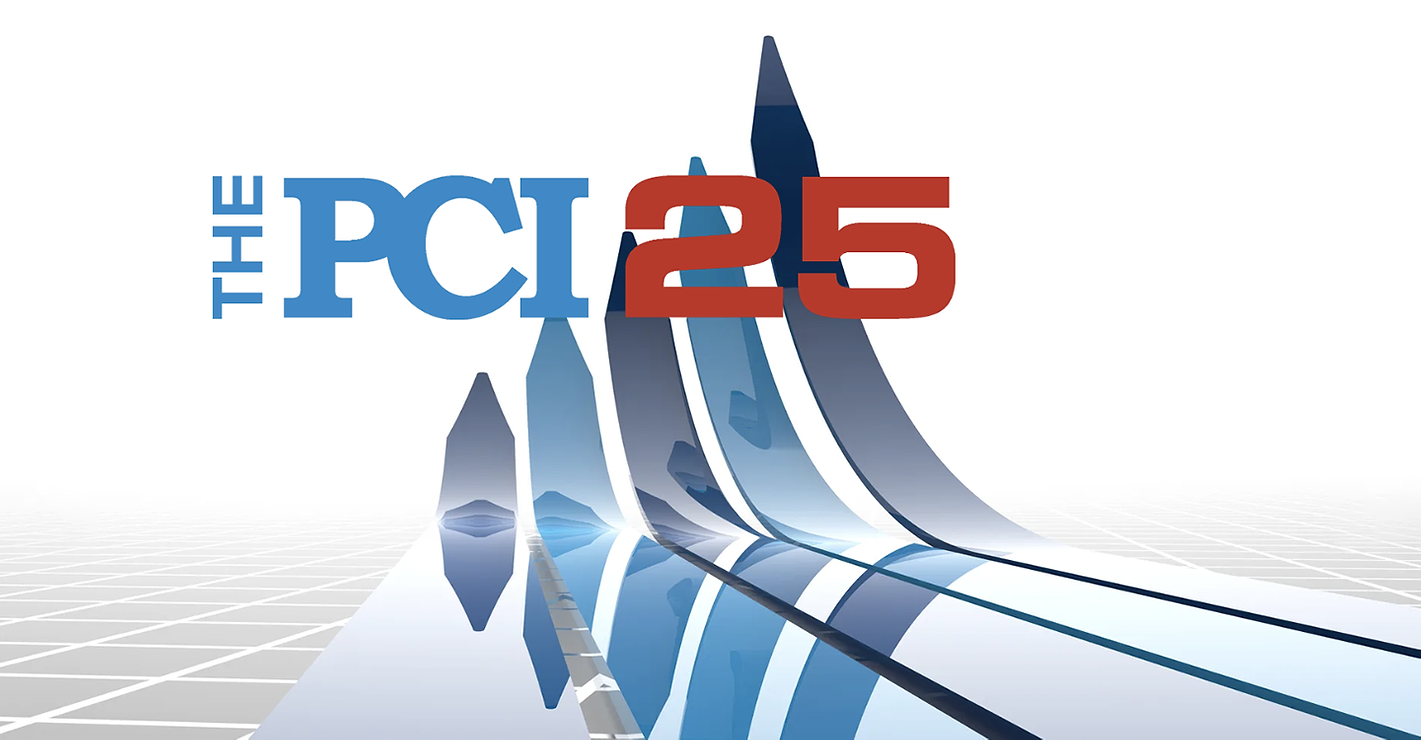History and the Beginning of New Technology
Ball mill
Some of the earliest media mills were simply cylindrical containers rotating in a horizontal plane, filled partially with stone pebbles, steel balls or other relatively small media normally less than 2 inches in diameter. Product was put into the container, and media added and tumbled, often for several days and nights, to ‘grind’ the product down to an acceptable size. While the technique was somewhat primitive, it is still in use today in selected process areas. Aside from the obvious noise and potential danger of the device, it was also limited in output because of the time required to complete the dispersion process. Thixotropic materials also posed a challenge to the ball mill because of the need to stop the rotation of the cylinder to discharge the product. Once the motion of the media through the product stopped, in many instances, so did the flow out the discharge area. Cleaning, yield and media costs were major concerns.
Attritors (low-speed batch mill)
Attritors came into use after the ball mill. These devices were vertical, stationary, internally agitated, water-cooled cylinders filled with media and product to be ground. A series of hardened rods, which were fitted to rotate in a horizontal plane through the top-entering centrally mounted drive shaft, provided the energy input to the media field. Rotation speed was typically 1,000 fpm. A discharge grid was located at the bottom, and an external pump constantly recirculated the product from the bottom to the top of the media field. The media used was generally smaller than with a ball mill and larger than a sand mill. The attritor was typically faster than a ball mill and more aggressive than a sand mill in its ability to do particle reduction. Like the ball mill, the attritor was capable of dispersion without the benefit of a pre-mixer, but both benefited substantially in process time when the raw materials were pre-mixed on a disperser.Sand mill
About 50 years ago, a grinding mill incorporating the idea of a stationary, vertical cylinder containing rotating internal discs running at perpetual speeds about twice that of the attritor began to gain popularity. Perhaps the most significant part of the invention was the use of much smaller media, less than 1¼8-inch diameter. The original media used was a type of sand from Canada called Ottawa Silica, hence the designation of the device as a ‘sand mill.’ Solids and liquids would be premixed in a separate tank and pumped into the bottom of the vertical cylinder. The product would be continuously forced through the agitated bead field as it was displaced by additional product.Eventually the dispersion was discharged through the top of the cylinder that held back the media with a vertical screen, open at the top. Mills operating with too high a pump speed tended to force the media over the top of the screen, allowing a combination of product and media to spill into the discharge trough and enter the ‘finish’ tank positioned at the end of the process.
About 30 years ago, the first ‘sealed’ mills began to appear. A mechanical seal was installed above the screen and prevented the media from overflowing. This also created an exceptional market for replacement seals. Unfortunately, even with the seal in place, most of the time the product was not finished in one pass through the mill. The entire cycle needed to be repeated again and again, using additional clean ‘finish’ tanks, until the product was truly dispersed to its desired particle size and distribution.
Horizontal mill
The next advancement came with the horizontal mill. The advantages to this device included the ability to increase the bead load in any given size cylinder compared to a vertical mill. This ultimately provided more contact points within the cylinder and, therefore, more efficient milling per pass through the cylinder. Differences in cylinder length, diameter and cooling efficiency, as well as internal agitator and seal design, provided product differentiation and performance. Size and density of media became more important as mill designers learned the ramifications associated with media performance. Along with the mill’s more aggressive performance, wear became a significant issue and users worked with designers to find the best compromise. Notwithstanding all the progress in performance of the media mill, several characteristics had never been challenged until recently, including the following.- Washing tanks was an expensive procedure. Both vertical and horizontal mills require clean tanks for every pass, or contamination can spoil the dispersion.
- The in-line mill is not a continuous process if the product has to be recirculated.
- Product loss from entrapment within the mill can be substantial and reduce the batch yield significantly.
- Production cost, although greatly reduced from the ball mill, is still not acceptable because of the multiple passes through multiple tanks. Higher maintenance costs are also associated with the design.
- Recently vertical and horizontal mill producers have promoted the idea of recirculating the product from a single agitated tank back through the in-line mill. The technique encourages faster passes to promote more passes with the objectives being to tighten the particle distribution band and reduce the number of tanks required to complete the process.
High-speed batch mill
Another entry to the field of dispersion was the high-speed batch mill. This mill was an externally agitated, vertical cylinder with a truncated cone bottom. Unlike the attritor, media movement was generated by a rotating disc traveling about 2,000 fpm, propelled from the underside of the mill chamber. The batch mill typically used media in the same size range as the sand mill and horizontal media mill. However, like the ball mill, it used large amounts of media compared to the amount of product being produced. This had advantages and disadvantages; the batch mill greatly reduced the dispersion time for many products but still lacked the flexibility of a high-speed disperser. It was confined to use with the one tank, to which it was permanently affixed.Basket mill
Basket mills enabled coatings manufacturers to mill in a variety of tanks with the same machine, much like the simple high-speed disperser. The mills offered the advantage of eliminating pumps, hoses, mechanical seals and duplicate tanks that are necessary for the current horizontal mill technology. They differed from traditional batch mills because of their ability to disperse rapidly and uniformly with much larger batch-to-bead volume ratios. Unfortunately, the basket mill was initially limited to 2.0 mm beads and larger, and was not generally capable of providing the particle sizing or reduction capabilities that were mandatory for those formulas requiring exceptionally fine dispersion.HSD Mill
The basic machine frame of a high-speed dispersion (HSD) mill resembles a hoist-mounted high-speed disperser. The disperser shaft and blade have been replaced with a highly polished, water-cooled, submersible basket containing rotating pegs, stationary counter-pegs, and media. The media used can be as small as 200 microns for micro grinding down to an average of 20 nanometers shown by way of a particle size analyzer or as large as several millimeters for dispersions typically read from a grind gauge. Numerous uniform dwell times through the grinding chamber are significant contributors to the resulting narrow particle size distribution band of the finished product.Features
The HSD mill is a confluence of technologies; the high-speed disperser, the turbine agitator, the media mill and the computer. Its features include the following.- Rapid mixing, pre-dispersion and milling of raw materials are completed simultaneously in one tank engaged for the entire cycle. In many cases there is no benefit to premixing on a disperser. However, like the disperser, it is removable and designed to be used in multiple tanks with various capacities.
- Minimization of contamination, clean-up, solvent loss and product loss.
- Maximization of color strength, gloss, durability and yield.
- Reduction of process time by an average of 50%.
- Reduction of raw material costs by an average of 5%.
Viscosity Improvement
Initially the HSD mill was thought to have a viscosity limitation of about 3000, centipoise typical of paint. The availability of several different style agitation blades to the bottom of the mill extended viscosity ranges to about 50,000 centipoise typical of heavy printing ink. With the introduction of the HSD mill into Hockmeyer’s new Multiplex Testing System, the range limits have yet to be reached but are already appreciably beyond the previous boundary of 50,000 centipoise. This expansion to the HSD immersion mill technology could create the opportunity for pigment concentrate volumes never heard of in the past.Controls
The PLC based AUTO PROCESS II control center enables the operator to run the machine on auto-pilot or manual control. APCII allows process temperature and grind time limits to be set on a case-by-case basis. In the automatic mode, it monitors batch temperature and regulates the mill to control heat. A warning horn sounds if product temperature exceeds the operators lower limit set point. If left unanswered, the control will shut down the mill at the upper limit set point. The system is designed for ease of operator interface using a simple push-button and selector switch combination. The operator can set three temperature parameters (cooling water, alarm and shut-down temperatures), as well as batch time adjustment and reset.The advancement of a PIMACS control system tracks and stores formulas, history of previous dispersions, calculates raw material variances necessary to increase or decrease volume, and changes run time accordingly. It can even track its own maintenance and remind the operator when various checks and changes are required. Instead of shutting down when temperature reaches the upper set point, the control automatically slows the mill until it recaptures acceptable operating temperature.
Looking for a reprint of this article?
From high-res PDFs to custom plaques, order your copy today!




